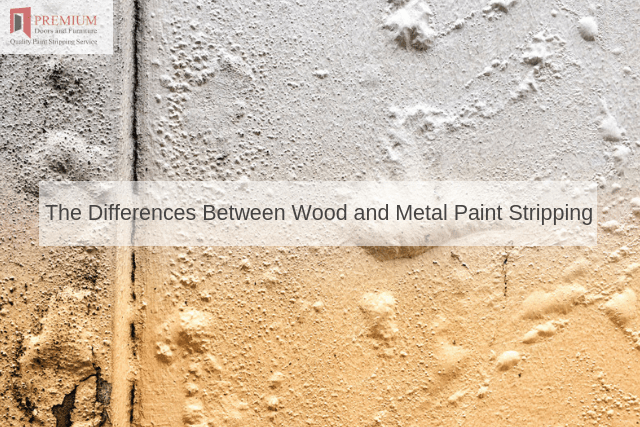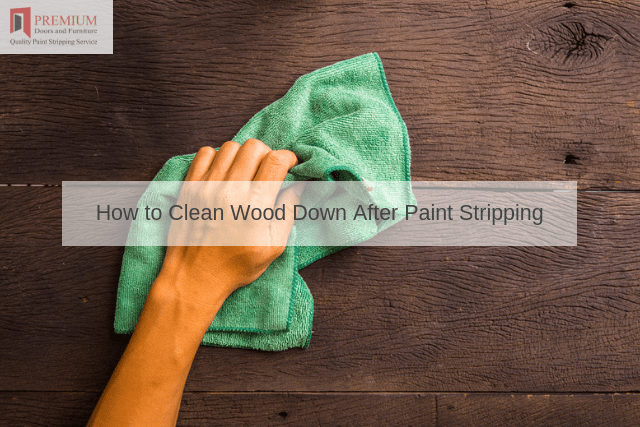There are many items which may need to be restored in order to display their natural beauty. Some common examples are windows, doors and traditional furniture.

This will often involve removing any excess layers of paint which may be present. However, the concept of “one size fits all” is certainly not appropriate here. Different materials will require entirely different techniques.
Did you know that wood and metal need to be addressed in entirely unique manners if you hope to achieve the desired results? Let us take a look at some of the main differences when stripping wood and metal.
The Tools Used
The underlying material will often determine the type of tool that is used. For example, many stripping projects intended to address wood will involve tools such as hand-operated scrapers and belt sanders. These are both used to remove excess layers of paint without damaging the underlying surfaces.
However, damage is not always a major concern when dealing with metallic objects (such as exterior doors or upright radiators within a home). In these cases, rotary sanding machines and similar electrical devices can be employed to effectively remove any paint the may be present.
Having said this, it is important to note that the risk of inhaling any lead paint is generally increased when dealing with powered sanding machines.
Chemical Products?
One of the challenges associated with wood stripping is that it can be difficult to remove any paint while ensuring that the underlying surface remains intact.
This is why wood stripping will often involve the use of chemical substances. These are applied on the surface and allowed to interact with the paint; loosening it so that the removal process is much easier.
When using stripping agents are addressing metal surfaces, care must be taken in order to ensure that the right formulation is obtained. Some caustic substances will react with the underlying metal; potentially resulting in the release of irritating gases. This is not normally the case when referring to wooden objects.
Each approach will require targeted techniques if you hope to enjoy beautiful results. This is often why the experts at Premium Door Stripping should be contacted.
We are capable of providing bespoke services in order to ensure that even the most challenging tasks can be completed in a timely fashion. Give us a call if you would like to learn more about our services.




